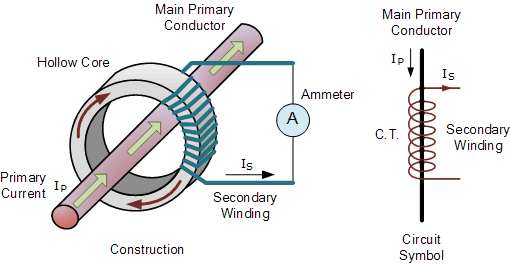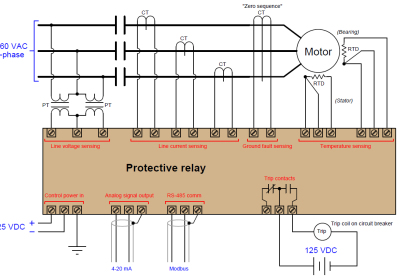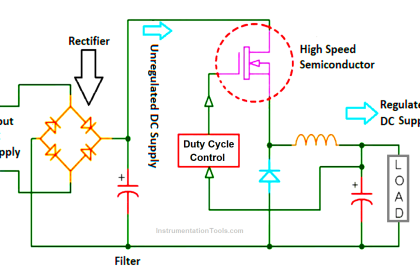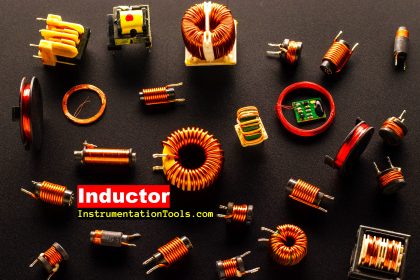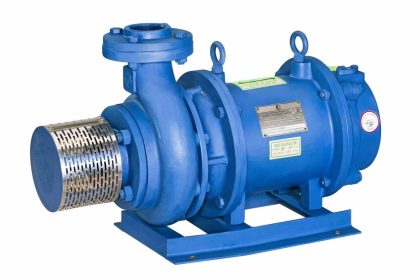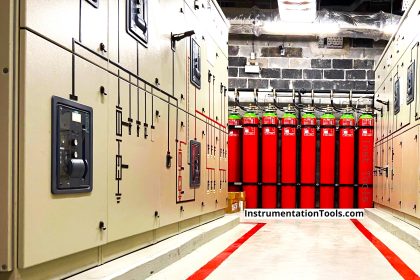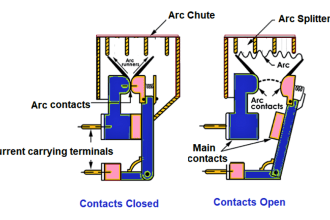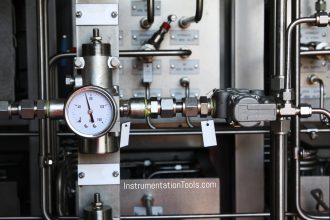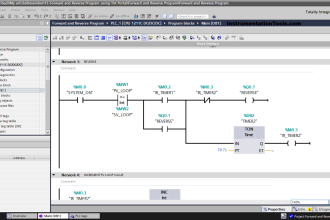In this post, we will learn the various types of relays used in an air circuit breaker (ACB).
Circuit breakers are an essential part of an electrical circuit. It is a device that is used as a protective switch for passing electrical current with tripping conditions checked.
When it detects a trip condition, the breaker opens its contact and isolates the input and output voltage from contacting each other.
So, its basic function is to interrupt current flow after a fault is detected. It then remains open as long as the user does not reset the trip. There are many types of circuit breakers available.
One such commonly used type is the Air Circuit Breaker (ACB). It is important to note that there are many relays used in an ACB.
What is an Air Circuit Breaker?
Circuit breakers are all about extinguishing the arc generated during high-tripping currents or power off condition.
When the fixed and moving contacts in a circuit breaker move apart from each other during the trip or off condition, then a large amount of arc is generated. So, when air is used to extinguish arc, then it is called an air circuit breaker.
Air circuit breakers use compressed air to blow out the arc, or alternatively, the contacts are rapidly swung into a small sealed chamber, the escaping of the displaced air, thus blowing out the arc. But, it should be known that the air used is working at normal atmospheric pressure.
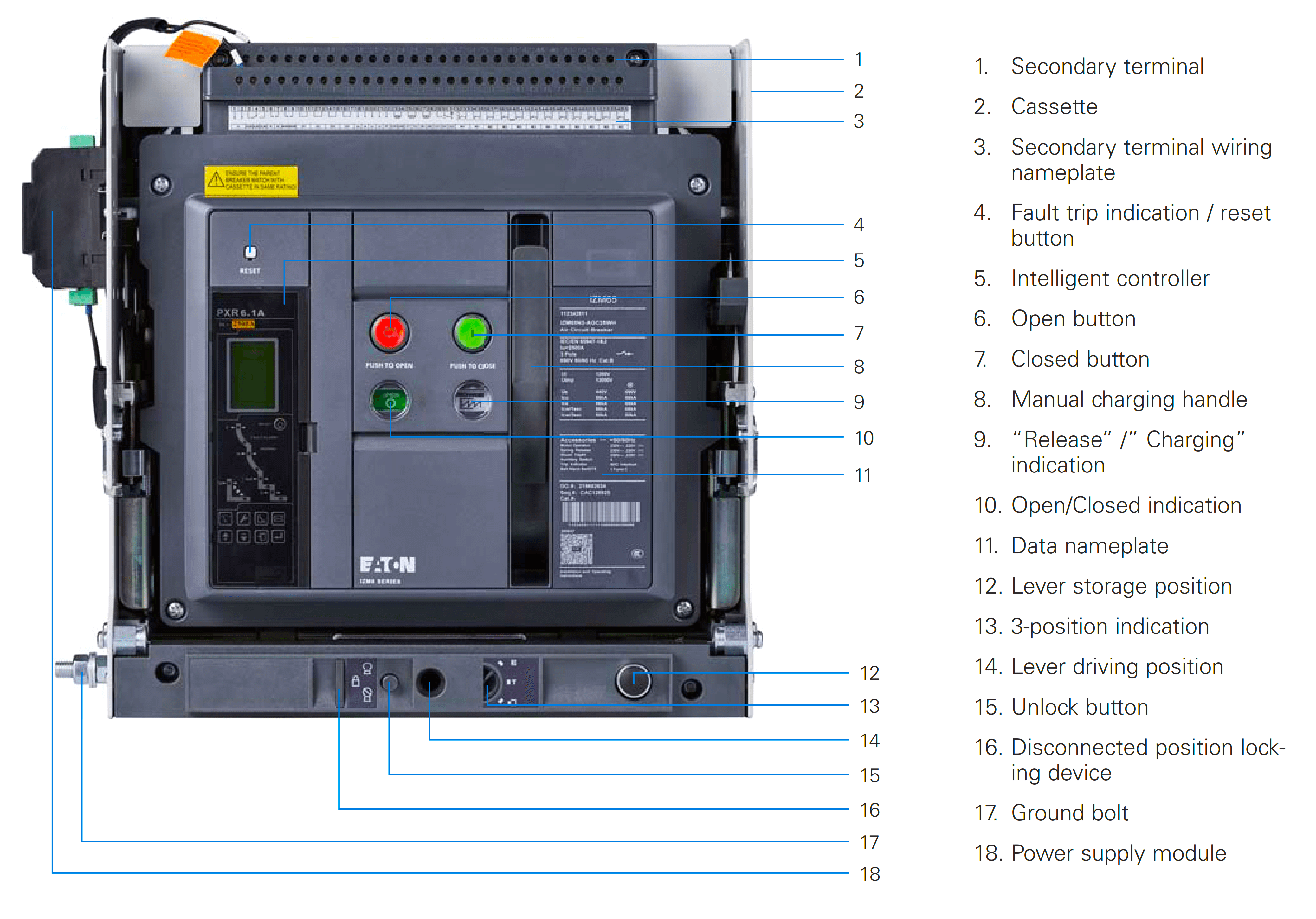
Relays used in Air Circuit Breaker (ACB)
It is important to note that for internal safety and tripping applications, relays are used internally in the air circuit breaker to make it more advanced in operation.
Let us have a look at the three most general types of relays used in an ACB:
Shunt Coil Relay
This relay can also be termed as the power relay for the ACB. A shunt coil relay is an automatically controlled relay, which can be operated remotely, to open or close the circuit breaker.
Like a PLC operates a relay, this shunt coil relay too can be operated (turned on or off) by it. The operation of this relay directly opens or closes the circuit breaker.
Under Voltage (UV) Relay
This relay is used to detect under voltage in incoming power supply. Overvoltage is an easy natural problem that the circuit breaker will detect and trip the path.
When the incoming voltage is less (usually less than 380 V), the load connected in the circuit breaker will perform in less efficiency and also get damaged after a prolonged period of time.
So, an under-voltage relay is used to detect under-voltage problems and trip the circuit immediately for it. You can set the under-voltage threshold in the circuit breaker, which will then perform this safety function automatically.
Closing Relay
It is very similar to a shunt coil relay. It can also be remotely controlled via PLC, and this will automatically open or close the circuit breaker.
In this way, we understand the types of relays used in an air circuit breaker.
If you liked this article, then please subscribe to our YouTube Channel for Electrical, Electronics, Instrumentation, PLC, and SCADA video tutorials.
You can also follow us on Facebook and Twitter to receive daily updates.
Read Next:
- Importance of Neutral Wire
- Power and Instrument Cables
- Compare AA and AAA Batteries
- One Grid One Frequency
- What Happens Pump Runs Dry?
